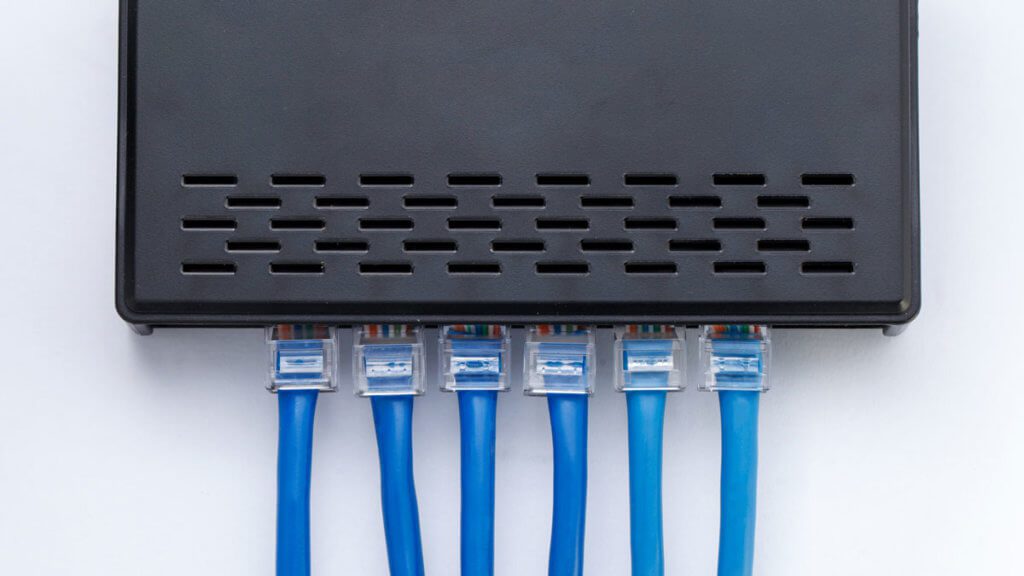You’ve been hearing all the hype about IPv6 networks but don’t know why you should care. Perhaps you’ve heard that your cable provider is delivering IPv6 service to your home but you don’t know what that means or why you should take advantage of it. Maybe you’ve just purchased a new home router that touts IPv6 support but don’t know how to go about connecting it. How do you sort through the seemingly endless configuration parameters required to set up your home network, whether it’s IPv4 or IPv6?
Fortunately, a technology exists today that takes all of the guesswork out of the task of configuring your home network. CableLabs, in conjunction with several service providers, has been developing a standard called Home IP Networking (HIPnet). HIPnet provides users a friendly and seamless way to connect router devices to the public Internet via your service provider. In addition, it provides for a way to connect multiple routers to your home network, or multi-home network. All a user needs to do is connect the routers via an Ethernet cable and the home-router takes care of the rest.
That sounds pretty hip.
Let’s take a step back before we talk about how it works. Why should you care about IPv6? You may have heard talk that the Internet’s IPv4 address space is running out. This is due to the explosion of smartphones, tablets and other devices that need to communicate with one another – all of which need an IP address. In anticipation, cable operators have been actively migrating to IPv6 networks for several years so they can provide addresses to every new device that we buy and put in our home network.
IPv6 solves the problem of an IP address shortage because it provides a nearly inexhaustible number of IP addresses: 2^128 to be exact. To quote Martin Levy of Hurricane Electric, that’s “more than four quadrillion addresses for every star in the observable universe.”
Consumer electronics devices are also beginning to support IPv6 and some are ready to function in an IPv6 home network today. It’s only a matter of time before IPv4 is phased out and you’ll need IPv6 to do all the cool and fun things you love to do online.
Still not convinced that you need IPv6? Then think about all the devices that you use today to connect to the Web: Laptop, cell phone, tablet, etc. Now add to that the number of people in the world doing the same things as you. Then add all of the things coming in the future: Smart appliances, sensor networks, Wi-Fi in your car, and a myriad of new technologies. It’s easy to see how the demand for IP addresses will grow exponentially, and it’s not that far away.
So, let’s get back to HIPnet. How does it work?
Let’s assume that you already have cable service in your home. Chances are you let your service provider take care of setting everything up and, at a minimum, you’ve got broadband service and Wi-Fi provided in one box. You’ve also connected a number of devices to the home side of your network along the way, some wired and some wireless: PC, laptop, tablet, cell phone, printer, and maybe a Smart TV. So far everything’s working. You probably haven’t even thought about IPv6 or IPv4.
But let’s say you want to do something more sophisticated with your home network. Maybe you have a son or daughter that has just started college and you think it might be a good idea to segregate a portion of your home network so they can stay connected at school. Configuring that new router seems like a daunting task. And why should you even have to think about what kind of IP network to set up?
With HIPnet, everything is plug and play. You simply connect the Ethernet ports of the two routers and the routers take care of configuring the home network for you. This works for IPv4 as well as IPv6. If you have IPv6 delivered to the home you’ll be able to take advantage of it without any of the guesswork necessary to configure it. Plain and simple, connect it and it just works.
So, how soon can you get this? CableLabs has been actively working with CE product vendors and service providers to develop HIPnet capable products for about a year. During that time we have hosted several interoperability events that test the ability to connect HIPnet capable router devices together and then access the public Internet to stream video. In the most recent testing event we observed nine different router devices successfully implementing the HIPnet capability. That’s triple the number of devices that supported HIPnet three months ago. We think it’s possible to see these products in the home within a year.
That’s very cool, and very hip.
By John Berg –

